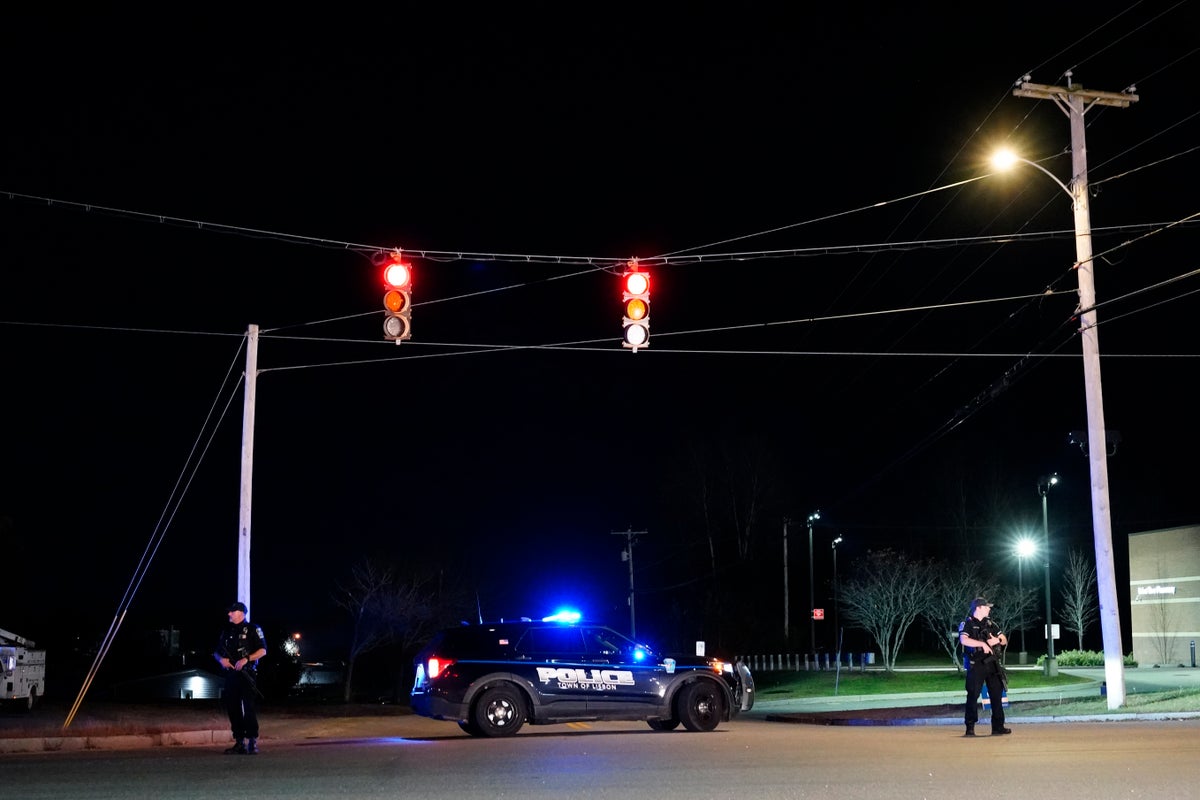
The suspect in the Maine mass shootings stayed one step ahead of police who rushed to the bowling alley and a bar but were too late to stop him from killing 18 people and slipping away into the night in his Subaru, a timeline released Friday shows.
Dispatchers received the first 911 call at 6:56 p.m. Wednesday from a bowling alley, where Robert Card first started shooting, authorities say. Four plainclothes officers who happened to be at a shooting range nearby and heard the call over the radio arrived there about 90 seconds later. But Card was already gone.
Then, at 7:08 p.m., dispatchers began receiving calls about a shooter at the bar about four miles (6.4 kilometers) away The first police were there five minutes later. But once again, Card was nowhere to be found.
After a two-day search that shuttered businesses and forced scared residents to shelter in their homes, Card's body was discovered Friday with an apparent self-inflicted gunshot wound in Lisbon Falls, not far from the scene of the shootings.
The timeline shows how quickly Card managed to carry out the worst mass killing in state history. Most mass killing suspects are caught alive or found dead within minutes of police arriving, but officers apparently didn't even get a glimpse of him before he fled.
“By the time they responded to one location, they had calls coming in for a second location then a third location. I’m sure it was overwhelming and there was confusion,” Craig Caine, a retired inspector with the U.S. Marshal’s Service who worked on the New York/New Jersey Regional Fugitive Task Force. “That could have been one reason why ... nobody got eyes on him.”
Seven people died at the Just-in-Time Recreation bowling alley, eight people died at Schemengees Bar and Grille, and three died at hospitals, according to police. Maine Department of Public Safety Commissioner Michael Sauschuck released the details of the response timeline during a news conference almost 48 hours after the shootings.
Sauschuck said the four officers in plainclothes who arrived at Just-in-Time Recreation within 90 seconds were followed by the first uniformed officer two and a half minutes later, and eight more officers a minute after that. State police arrived about 11 minutes after receiving a call to assist at 7 p.m., he said.
After first responders started receiving reports of the shooting at the bar, Lewiston police arrived about five minutes later, as did state police officers who were on their way to respond to the first shooting scene and were diverted, Sauschuck said.
A third call came in Wednesday night from a Walmart facility reporting a possible shooter, but turned out to be a false alarm.
____
Lauer reported from Philadelphia.







